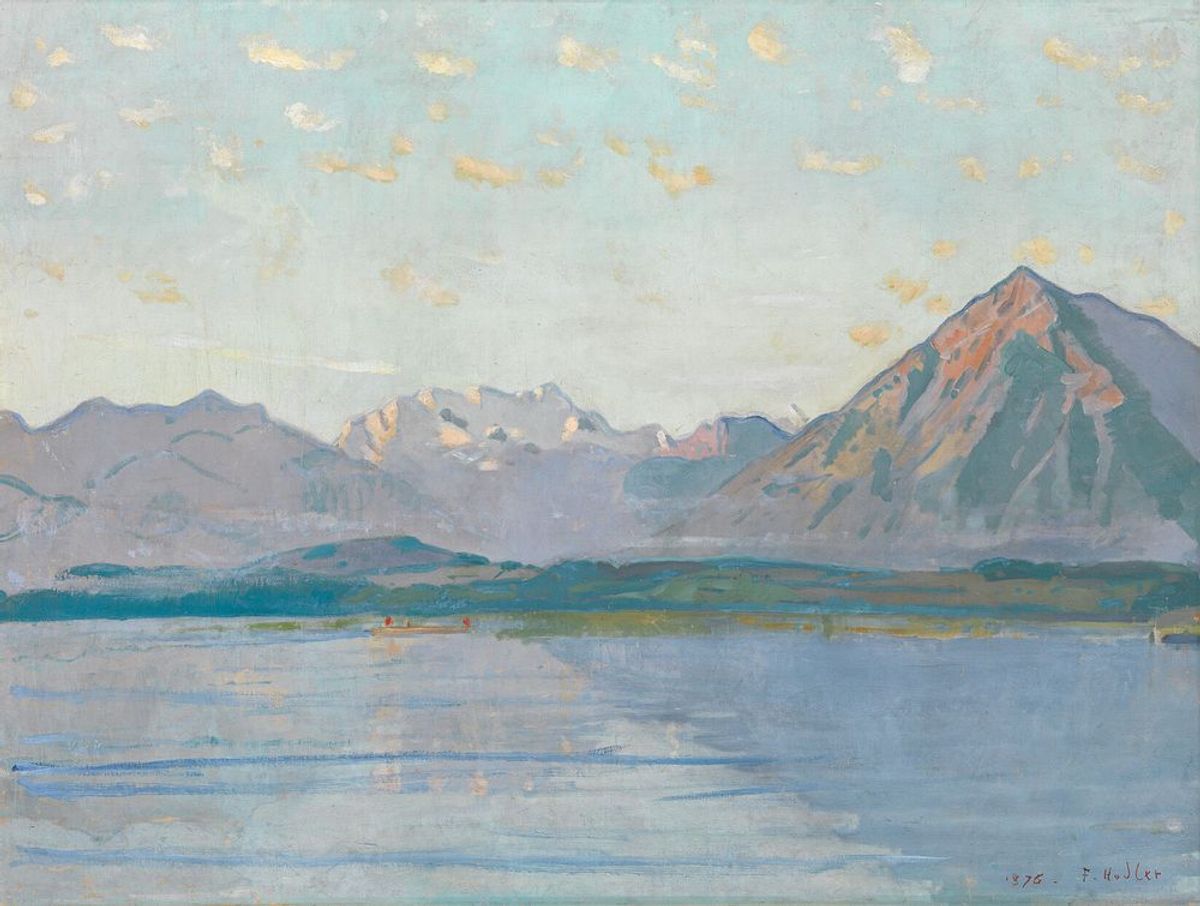An independent panel appointed to find solutions for claimants of Nazi-looted art in a vast private Swiss collection has announced its first case: a painting by Ferdinand Hodler that once belonged to a Jewish woman who fled Germany in 1937.
The five-member panel was appointed by the Foundation for Art, Culture and History, known by its German initials SKKG. It is the first private collection to establish an independent commission to evaluate claims and propose “fair and just solutions” in line with the international Washington Principles on Nazi-looted art.
The foundation is led by Bettina Stefanini, the daughter of the Swiss real estate magnate Bruno Stefanini, who died in 2018. He left a huge, uncared-for collection of items ranging from oil paintings to dolls’ houses and from film costumes to historic memorabilia and weaponry, much of it stored in four dilapidated Swiss castles that he owned.
After creating an inventory of these objects, the SKKG has undertaken a mammoth, ongoing clean-up operation, working with teams of restorers but also provenance researchers to identify works of art and items that might have been looted from Jewish people or sold under duress during the Nazi era. Stefanini’s collection includes around 6,000 oil paintings, among them works by Swiss artists such as Cuno Amiet, Félix Vallotton and Albert Anker.
The Independent Commission SKKG, led by Andrea Raschèr, said in a statement that it will start proceedings to clarify claims regarding Thunersee mit Blüemlisalp und Niesen (Lake Thun with the Blüemlisalp and Niesen Mountains), a landscape in shades of blue painted between 1876 and 1882. It was acquired by Stefanini in 1998 at Sotheby’s in Zurich.
But before the Second World War, it belonged to Hugo and Martha Nathan, Jewish collectors living in Frankfurt. They owned a large number of Modern works, including by Vincent van Gogh, Claude Monet, Camille Pissarro and Max Liebermann. Hugo Nathan died in 1922. His widow Martha fled to Paris in 1937 and from there to Switzerland in 1939. The Independent Commission SKKG did not give details of the circumstances under which the Hodler painting left her possession.
The SKKG’s provenance researchers have submitted a report to the commission as a basis for its decision, which will be made public after the process is complete. The commission’s rules of procedure allow it to open talks with heirs to reach a negotiated settlement. If these efforts fail, the panel will issue its decision on what action the foundation should take. The SKKG has pledged to recognise the decisions of the panel as binding.
The SKKG is building a complex including a depot for the collection near Winterthur, called the Campo. It will be accessible to visitors and parts of the collection may be put on display, though it is not intended as a museum. The foundation frequently loans works for exhibitions.


